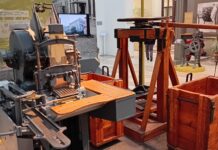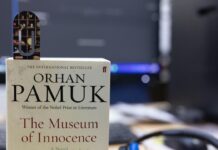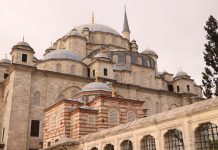The Black Sea region of Turkey is somewhat of a misnomer. Better known for its rainforest-like climate, highland pastures and traditional culture, the seaside is the last thing it brings to mind. Like most mountainous places, it packs a surprising amount of diversity into a small area. Languages and heritages vary from valley to valley as villages are separated by seemingly impassable peaks. The region of Artvin I visited last summer is a prime example. More accessible from Georgia than from the rest of Turkey, the locals have managed to preserve much of their language and culture, and are surprisingly proud of their Georgian heritage. A land of high altitude lakes and picturesque pastures, the highlands of Artvin make for a refreshing and distinct summer destination.
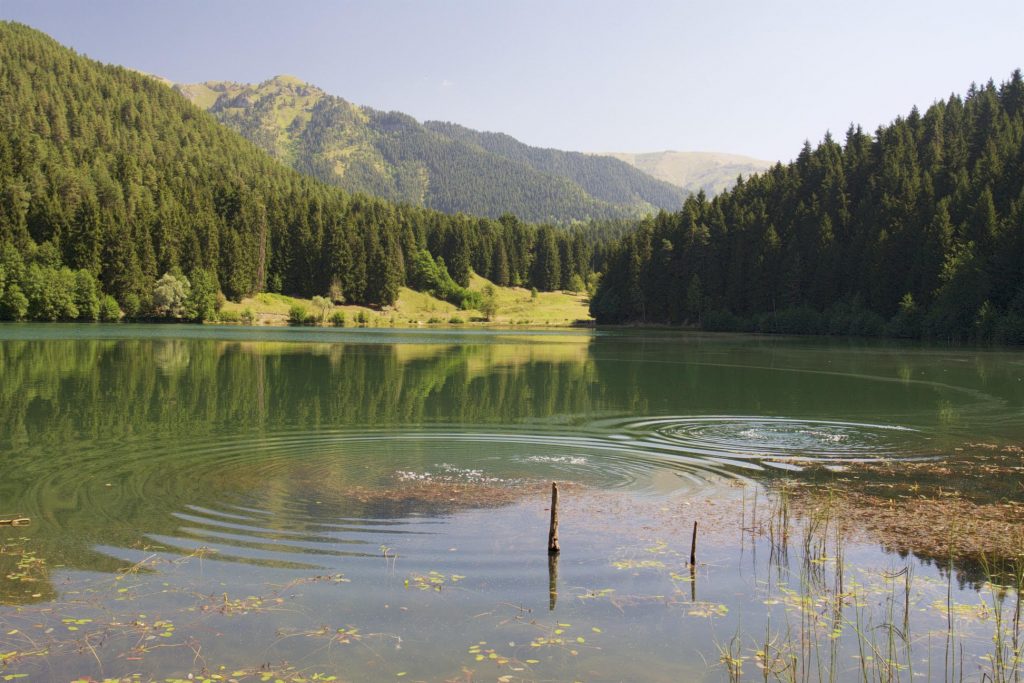
In all honesty, my travels through Artvin actually started as a failed attempt to get to Georgia. After being given an estimated wait time of six hours at the Sarpi border crossing, I happened to spot a road crossing the border just north from the town of Borcka on some online maps. In researching this trip, the only information I found mentioned two border crossings, the other being a six hour drive away. How had everyone failed to mention this perfect, nearby, quiet crossing? Well, it didn’t actually exist. But when things go wrong, you might as well visit Artvin. (We eventually did make it to Georgia, after which the van’s clutch promptly started to slip and most of the engine veritably eroded on cue, so I guess it just wasn’t meant to be anyway.)
After that bit of bad luck – or bad decision-making, call it what you like – we decided that our scenic surroundings were worth visiting and chose Karagöl as our first stop. Increasingly popular with local tourists, the Karagöl Nature Park was actually quite crowded, filled with the ubiquitous barbecue smoke of Turks on holiday. Laughing at the whole ‘Nature Park’ irony only lasted a few minutes until we spotted an escape… a path. It’s almost guaranteed that if you walk for more than 10 minutes along a path unsuited to vehicles in Turkey, you’ll be all alone. The mystical fog and towering trees immediately overcame the crowds and made the drive up to the park worth it.
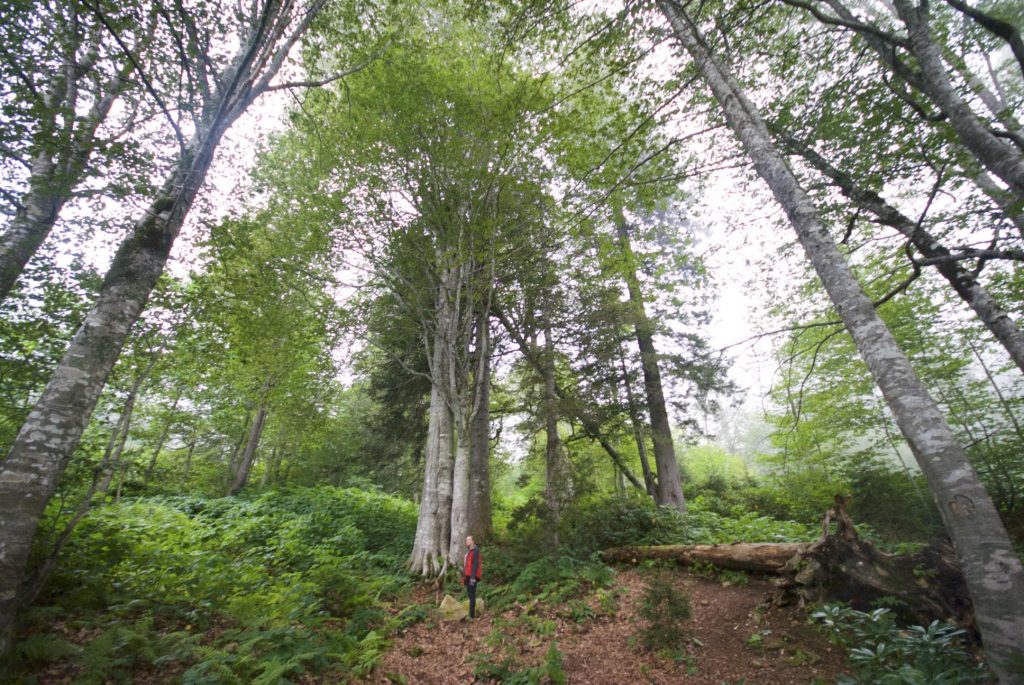
From there, we continued along the famous Black Sea roads. Muddy and foggy with a cliff-like drop-off on one side, these thin dirt roads are either incredibly beautiful or terrifying depending on who you ask. Another hour twisting and turning through thick fog and we arrived at Macahel, right on the Georgian border. Although it’s most commonly known by its Georgian name, its Turkish name Camili (with mosques) hints at one of the town’s most intriguing landmarks. The interior walls of the local mosque are adorned with colorful, elaborate paintings and designs. Unfortunately, at the time I visited, the mosque was under renovation and most of the color had been stripped off, hopefully, to be restored…
Near the mosque you’ll also find a few small markets where you can do your shopping, just beyond there, armed guards block access to the Georgian countryside. In Macahel, we camped on the grassy river bank, using the facilities at the nearby tea house across the bridge, but there are endless accommodation options here. If you are planning to head deeper, steeper into the countryside, this may be the last place where you can buy supplies; although there are some small restaurants and guesthouses throughout the region.
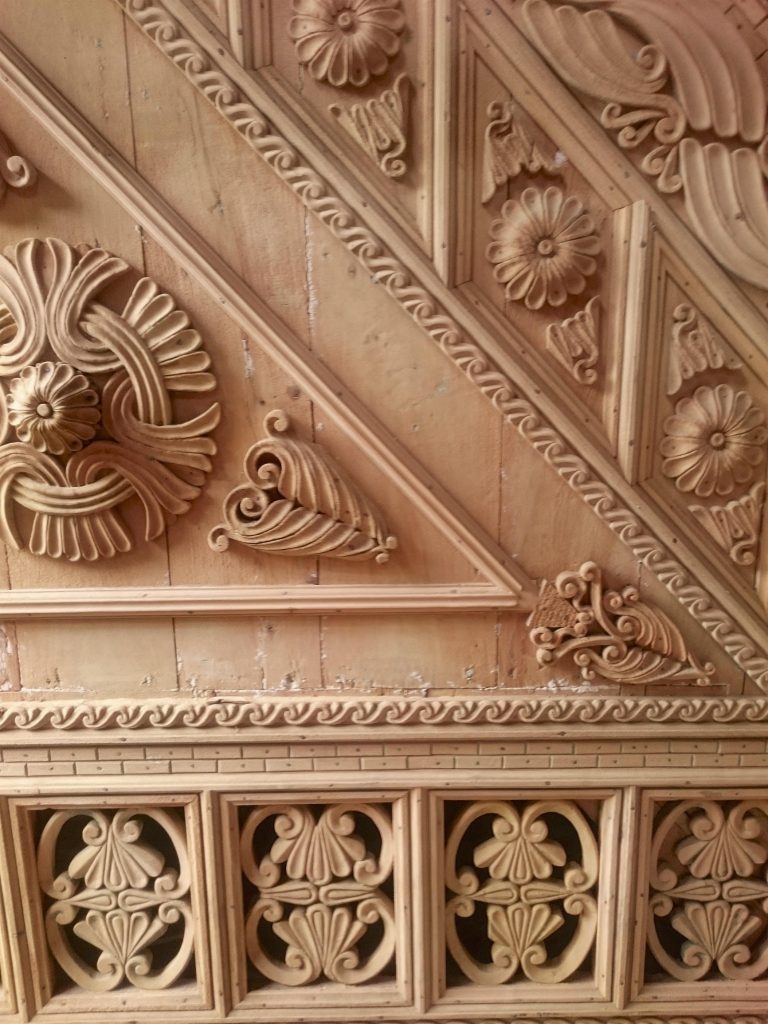
While most of the Black Sea is well-known for their ‘yayla’ or the highland pastures where livestock and their owners spend the summers, many of those still unreachable by car or tractor are found in Artvin. Locals still travel by foot for hours to these summertime meadows, carrying everything they’ll need for the entire season either on their backs, or strapped to pack animals. No vehicles also means no electricity or modern building materials, houses are little more than traditional wooden shacks made from materials gathered from the surrounding forests.
To visit one of the last of these road-less ‘yayla’, you can make the 16 kilometer drive up the road from Macahel, passing the village of Efeler and continuing until the road ends. From here it’s another 5-6 kilometers on foot up steep, slippery mud-cum-quicksand. As one of the rainiest provinces in Turkey, mud is inevitable around these parts. You’ll be rewarded though with a visit to Görgit Yaylası, complete with storybook houses, lush green grasses and a constant fog either enveloping or framing this mystical place. Unlike many other places along the Black Sea, the locals here have no desire for a road to their summer getaway and I hope it stays that way. If you plan to stay overnight, there is a sort of guesthouse, but it was closed at my time of visit, so it might be best not to count on it and come fully prepared.
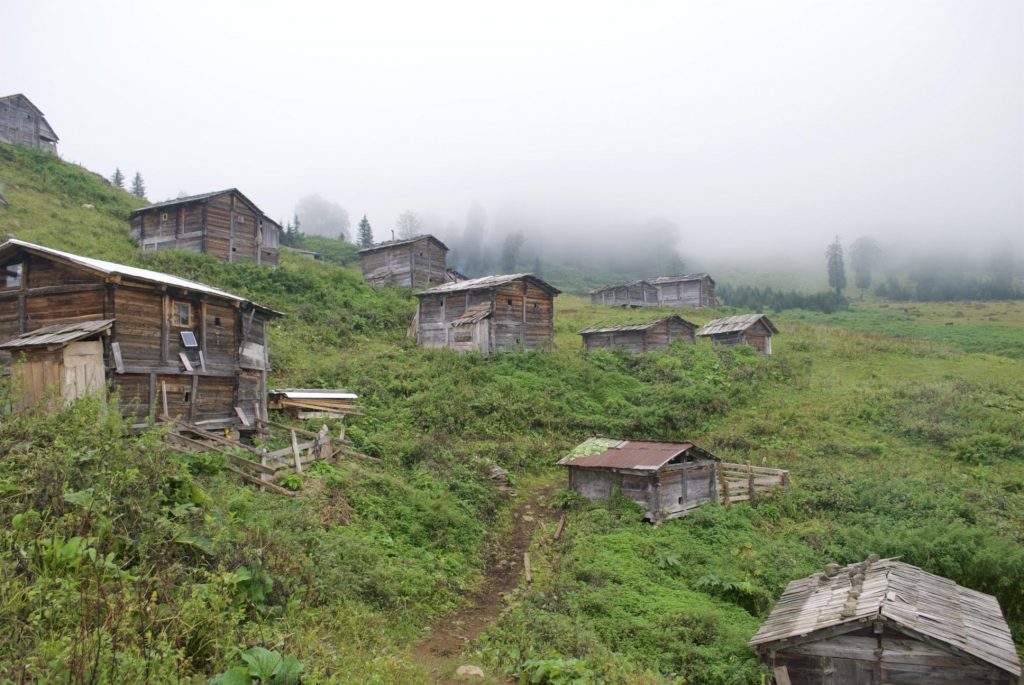
Still on a half-hearted mission to make it to Georgia, we inched closer to the second border crossing at the town of Posof. On the way, a stop in the village of Cevizli ended up being more than expected. The houses in this village are built with a style different than that any of the surrounding villages, a community of big log cabins hidden away among forested peaks. The village is also home to an old Georgian monastery (Tibeti Monastery) which is definitely worth seeing.
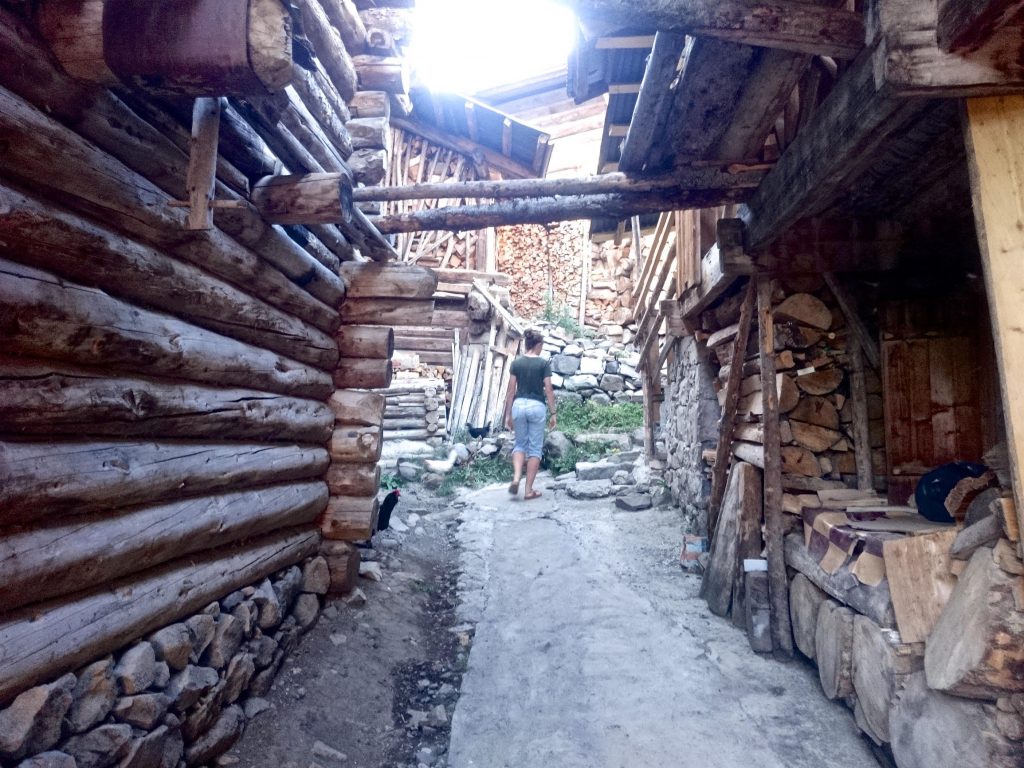
Once again, we tried our luck at Karagöl, this time, the lake of the same name located in the Şavşat region of Artvin. Unfortunately, it was even more crowded and smoky than the last. A quick (less trip-ruining) peek at Google maps revealed another nearby lake, Balık Gölü, just north of the Sahara Karagöl National Park. There is just one lakeside restaurant but no market or formal accommodation. Balık Gölü was the perfect place to camp away from the crowds, and after paying a small fee, you can even use the bathrooms and hot showers at the restaurant. Heading out on foot, ascending up from the lake through the pines, you’ll swear you’ve walked all the way to the mountain lakes and wooden cabins of alpine Europe. Winding your way around the hillsides, each new pass revealing another hidden summer settlement, it’s hard to find a better place to hike.
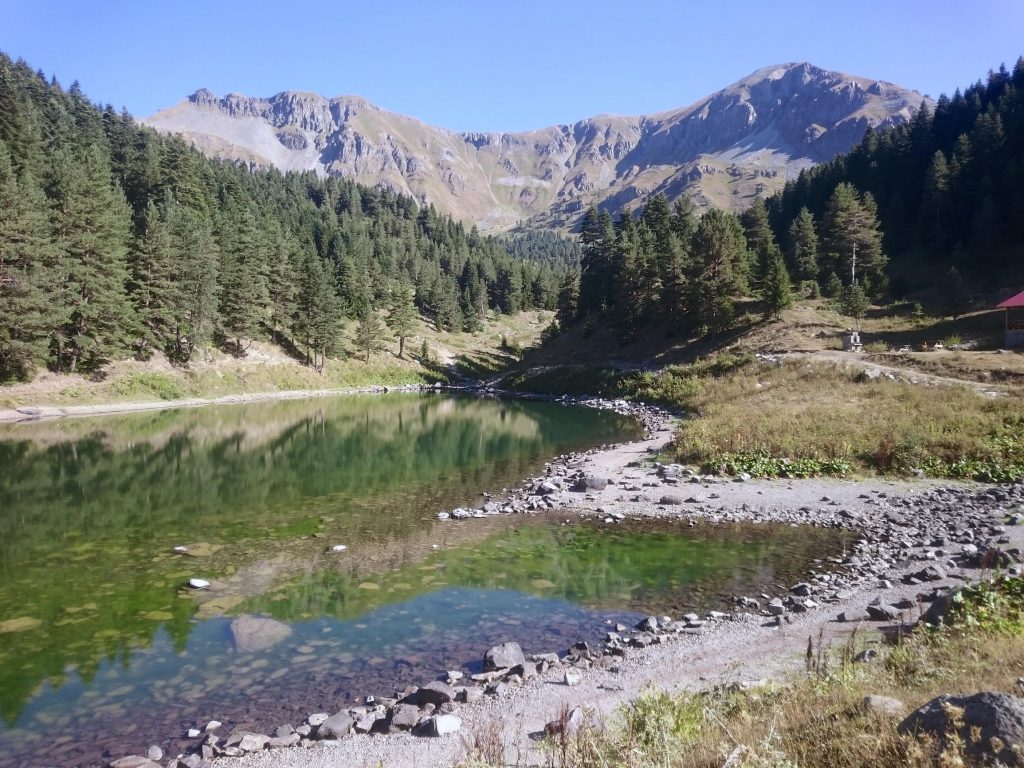
Heading away from Artvin towards Ardahan, the main highway ascends through the forest, trees slowly fading as you climb, until reaching one of the most dramatic passes I’ve ever seen. To your back is the characteristic Black Sea vegetation, in front of you, the barren, yellow, grass-covered hills of central Anatolia. The landscape changes in an instant. And that’s where my travels through Artvin ended.
Photos courtesy of the author.
This article was originally published on May 25, 2018, by Rikki Roath.


